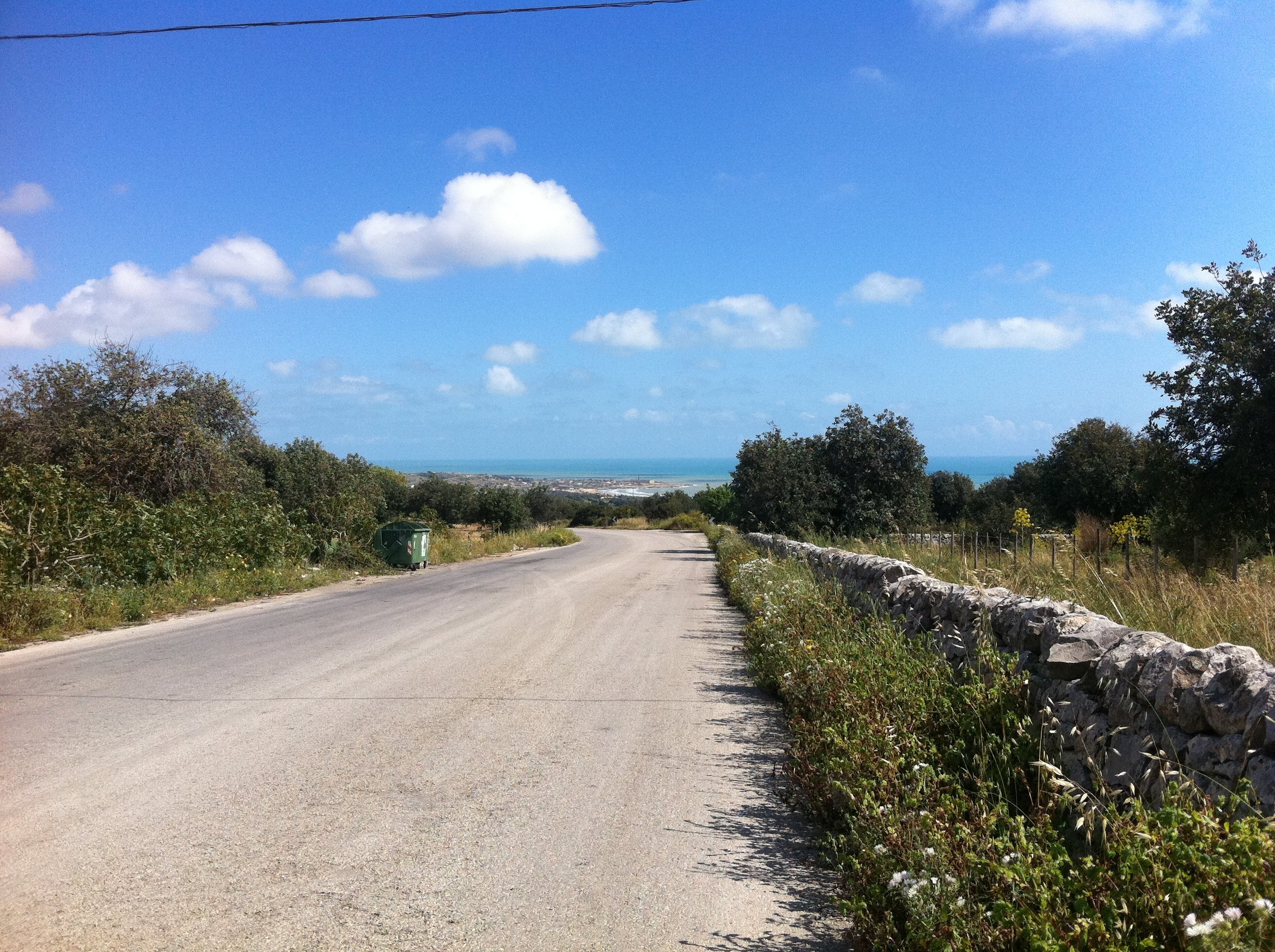Sampieri and the zone
25 meters from the sea there is a typical house, once inhabited by fishermen, completely renovated, starting point for visiting the Baroque Valley. The owner, a Sicilian watercolourist, took care of the restoration respecting the period features and using the local stone of Comiso, the Sicilian terracotta and ancient ceramics of Caltagirone.
The house is located in the historic center of Sampieri, a few meters from the sea (accessible and suitable for swimming), on the road parallel to the seafront. And the background is a pine forest, the typical Mediterranean scrub, a suggestive cliff and a beautiful bay with a beach (about 2 km long) of fine sand and very rare dunes dominated by the ancient furnace of Pisciotto, set of film and television productions.
Casa d'Artista consists of three independent apartments, which can be connected: Casazzurra (from 2 to 5 beds), Casa del pescatore (from 2 to 5 beds) and Casa di pietra (from 2 to 4 beds). Guests are welcomed in rooms furnished with care and equipped with every comfort.
A short distance from the house there are shops, bars, restaurants, supermarkets, a newsagent, an ATM, a hairdresser, a barber, bathing establishments, discos, spas, sports fields. At the marina, a few meters away, it is possible, in the morning, to buy freshly caught fish.
In addition, every Thursday, during the summer months, you can buy fresh local products at the outdoor food market.
The slightly recessed position with respect to the seafront allows you not to hear the music of the discos at night. To those who ask if there is a sea view, we reply: "You can't see the sea, but you can hear it".
A few kilometers away are the cities of Scicli, Modica, Ragusa Ibla, Ispica, Noto, which are part of the UNESCO World Heritage.
During the day you can reach and visit the archaeological site of Kamarina and the cities of Syracuse, Palazzolo Acreide, Militello in Val di Catania, Caltagirone, Catania, Taormina, Agrigento and Piazza Armerina. And it is also possible to make naturalistic excursions to the quarries of Ispica and to the Irminio and Vendicari reserves, climb the Etna volcano and, with the catamaran that leaves from the nearby town of Pozzallo, even visit the island of Malta.
It is also easy to reach the town of Marina di Ragusa, famous for its beaches, the marina and the lively nightlife.
Finally, from Sampieri there is a 3.3 km cycle path that reaches the town of Marina di Modica.
THE DUNES OF THE SAMPIERI BEACH
The town
Sampieri is a seaside village in the municipality of Scicli, in the province of Ragusa.
A well-known seaside resort, an ancient and charming fishing village, it is located along a spur of limestone, between two beaches of fine golden sand. The economy of the village is nowadays mainly linked to agricultural activities and tourism.
At the eastern end of the village's main beach, the Fornace Penna dominates the coastal landscape, which the locals call "o’ Pisciuotto ". Only a ruin of the factory remained due to a fire in 1924. It was a thriving factory in which bricks were produced, exported throughout the Mediterranean basin.
Today it is a tourist attraction, thanks also to its use as a location for some episodes of the television drama "Il Commissario Montalbano", a character created by the writer Andrea Camilleri.
About a hundred meters from the building, in the direction of the beach and near a cave, now hidden by vegetation, where an uncontaminated source of water flowed until a few decades ago, you can see the remains of an ancient well, perhaps earlier the Greek period. Dug out of the limestone rock, it is a reminder of what must have been the real reason for the location of this landing place. Sampieri, in fact, in the past was probably a coastal point of supply of drinking water for sailors.
History
In summer, Sampieri lives its most intense moments, filling up with vacationers and tourists who populate the beaches and nightclubs, while in winter it rediscovers the magical passage of time with its slow rhythms.
In Sampieri and its surroundings the traces of human presence date back to very ancient times. In the locality called "Costa 'ri carro", adjacent to the minor beach, the remains of excavations are still visible in the limestone rock, a plausible indication of a settlement from the Neolithic period.
Prehistoric evidence is also evident in the so-called "Cava do Ràbbuso", a valley located in the hinterland of the Fornace Penna. According to some, in the area where Sampieri is currently located, there was a Greek colony called Apolline, a name deriving from Apollo, since in the sixth century BC. C. in the place called "o’ Puzziddu "it seems there was a temple, now lost, in honor of Apollo.
Arab geographers mention Sampieri with the name of Marsa Siklah, a port where ships from North Africa and the Near East could dock until the 13th century. The etymology of the name of Sampieri seems to be related, according to some, to St. Peter the Apostle, who landed there in 40 AD, while he was on his way to Rome.







































